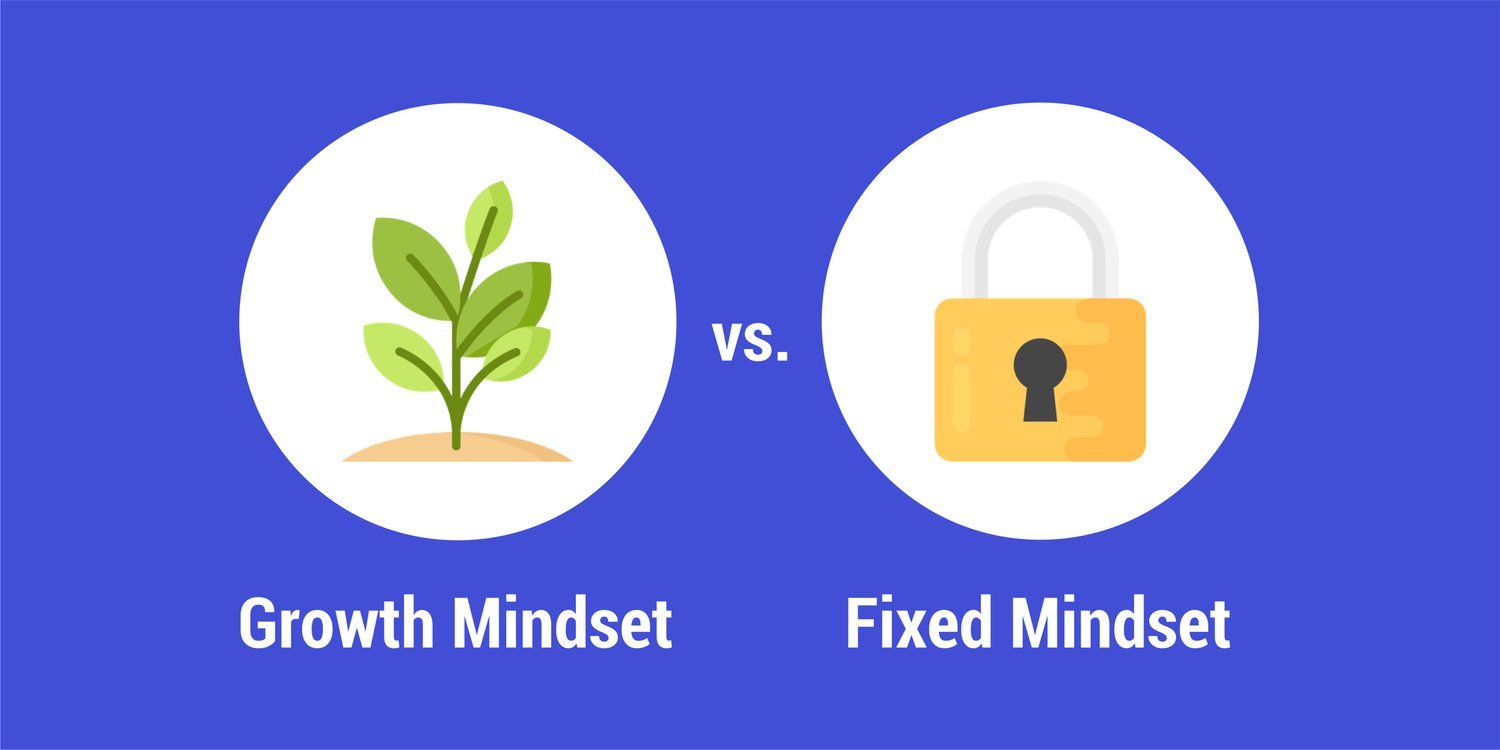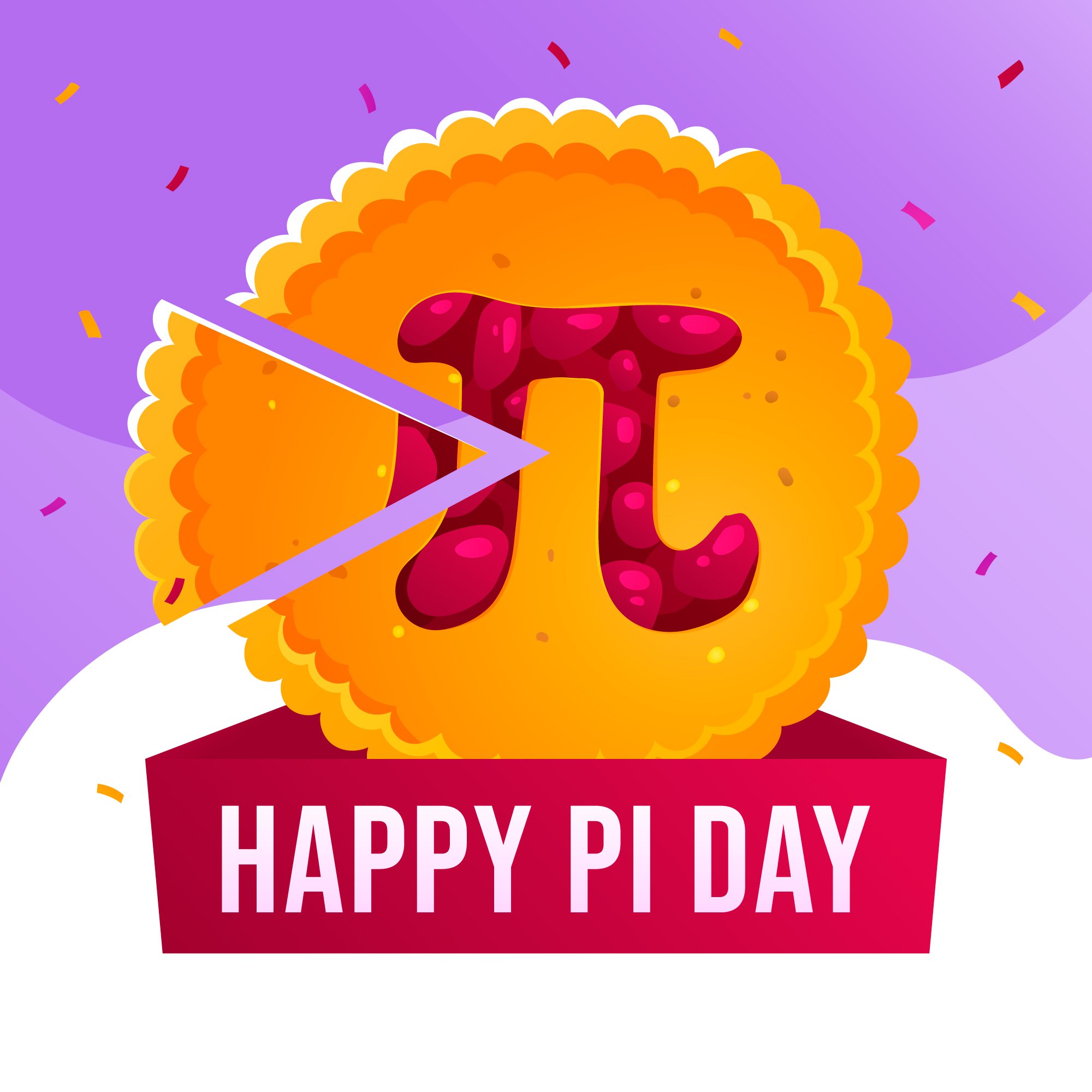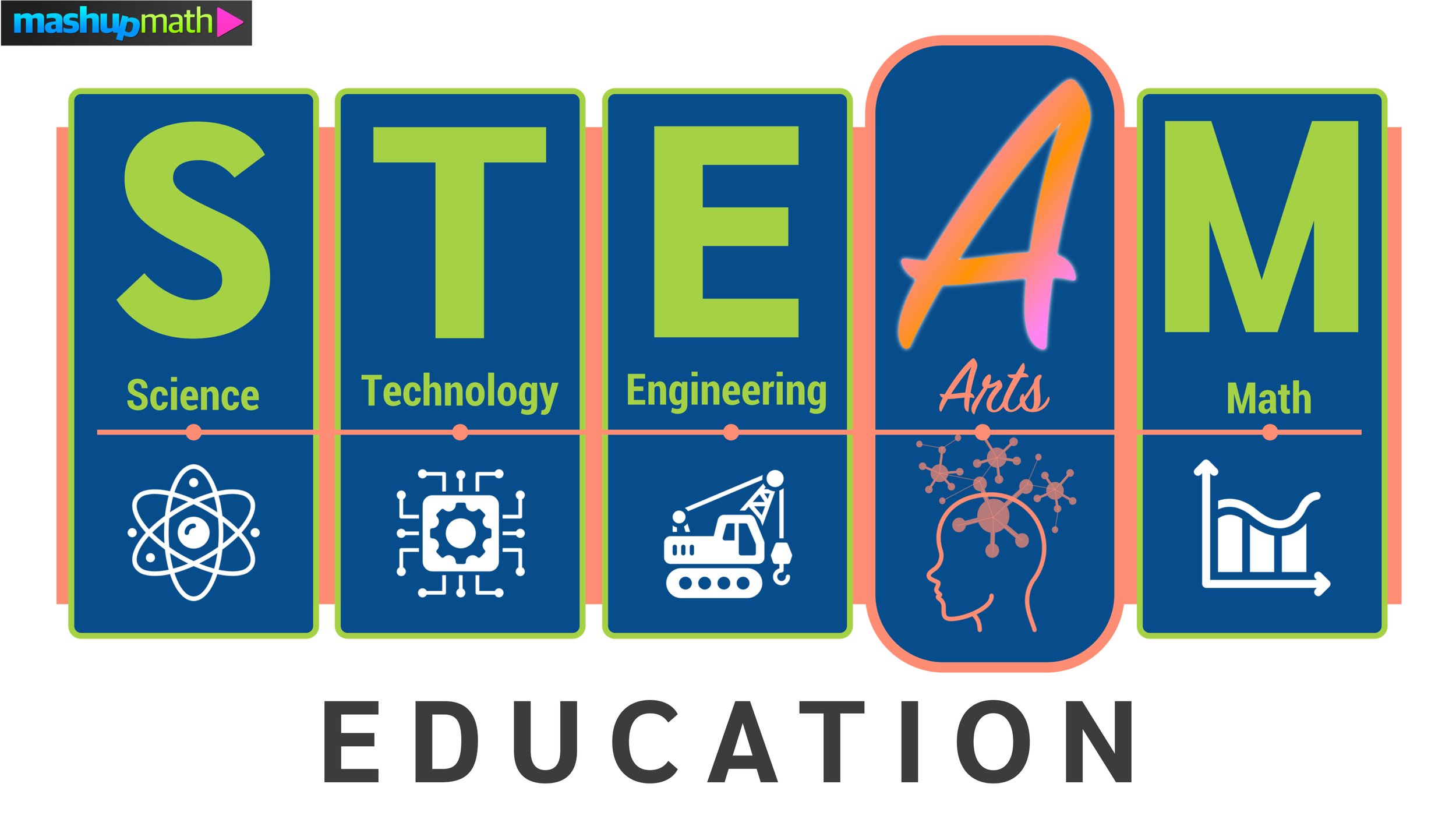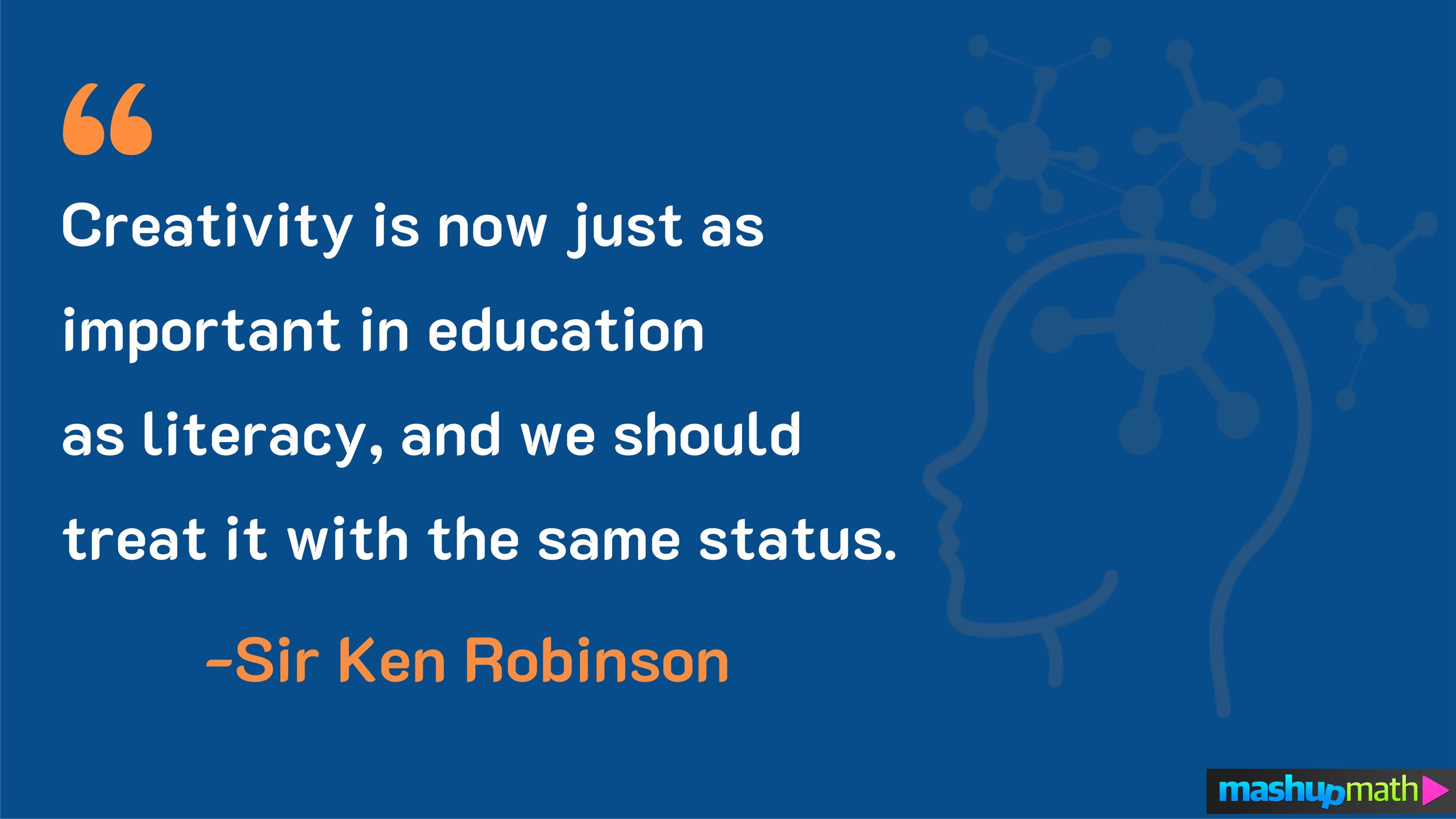Virtual Reality in Education
How Can VR Technology Transform the Way Students Learn?
Virtual Reality in Education (Image: Mashup Math via Getty)
The future is now.
Are you ready to take look into the role of virtual reality in education? In this post, we will dive into the exciting possibilities that VR technology can bring to your classroom.
Virtual Reality (VR) is a three-dimensional simulated experience that can be similar to or completely different from the real world. VR can be used to create and share an environment that is both immersive, interactive, and highly realistic.
As VR technology continues to become more mainstream, more and more students will be able to access new and exciting digital educational content.
What are the benefits of VR in education?
One of the most prominent benefits of virtual reality in education is that it can make learning more engaging, accessible, and interactive. By using VR technology, teachers can create a learning environment that is not only dynamic and interactive, but incredibly captivating and interesting.
And the applications of VR in education apply to all STEAM fields.
One of the most exciting applications of virtual reality in education is in science. In a virtual setting, students can explore complex scientific environments and concepts in a way that was previously impossible. For example, students can explore the inner workings of the human body, travel through the solar system, or even dive into the depths of the ocean to study marine life without ever having to leave the classroom.
For example, the free YouTube video below by Crash Course allows students to take a 360-degree tour of our universe and learn about each planet while floating in outer space.
Virtual Reality can also be incredibly useful for learning mathematics. VR can give students opportunities to visualize and interact with abstract concepts in ways that had previously not been possible. For example, students can explore geometrical shapes and figures in 3-dimensions, visualize and solve complex math equations, and even explore the behavior of mathematical functions in a way that is both interactive and engaging.
For example, the free YouTube video below by Mashup Math allows elementary math students to solve an order of operations math puzzle by finding clues within a 360-degree VR environment.
What’s Exciting About Virtual Reality Education?
One of the most exciting applications of VR in education is that the technology allows students to learn at their own pace. Using VR technology as a learning aide, students can explore and experiment with new concepts without the fear of failure. They can be experimental, take risks, and learn from their mistakes—all of which are desirable attributes of learning with a growth mindset.
Additionally, Virtual Reality can help students develop their critical thinking and problem-solving skills in a variety of ways. When using VR as a learning tool, students can explore complex scenarios and analyze the consequences of different actions. In the virtual environment, students are free to experiment with different approaches and see the results in real-time, allowing them to develop their analytical skills and think critically about complex problems.
There are tons of exciting applications for virtual reality in education.
Another exciting application of VR in education is that the technology can help students develop empathy and cultural understanding. Students can explore different cultures and perspectives using VR in a way that is both immersive and interactive. For example, they can explore different historical events, experience different lifestyles, and learn about different cultures in a way that is both engaging and informative.
Finally, VR can also be incredibly useful for students with disabilities or learning difficulties. With VR, students can access new learning opportunities that may be difficult or impossible to access in traditional classroom settings. For example, students with physical disabilities can explore and interact with virtual environments in a way that is not possible in the real world.
For example, this free YouTube video from VisitJapan allows students to explore Japanese architecture, cuisine, and cultural traditions.
VR in Education: Conclusion
Virtual Reality technology has the potential to revolutionize education and the way that students learn. By using VR to create and/or share immersive and interactive learning environments with their students, teachers can provide unique and truly engaging opportunities for developing critical thinking and problem-solving skills. Whether it's exploring complex scientific ideas or concepts, visualizing geometrical shapes, or experiencing a new geographic location or culture, VR has the potential to positively enhance education for learners of all ages and ability levels. While the role of VR in education is still in its infancy, the future is extremely exciting!
Keep Learning:
Nurturing a Growth Mindset for learning—where mistakes are celebrated as learning opportunities—is a key component of the STEAM Education movement. To learn more about how you can nurture a growth mindset in your classroom, check out our free Growth Mindset guide for teachers and parents.
More Education Resources You Will Love:
Search Tags: virtual reality in education, virtual reality education, virtual reality for education, benefits of virtual reality in education, virtual reality and education, vr in education, benefits of vr in education, education in VR

















